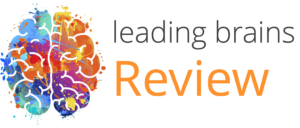Different areas of the brain are associated with empathy – this new research shows how brain regions synchronise to induce empathic responses.

Why We Share Posts on Social Media
Quick Hits
Daily brief research updates from the cognitive sciences

Is it just pictures of cats that we share on social media? That is a cliché – most of social media does not have post of cats on them and all manner of things are shared.
Emotionality obviously drives much of this – but a group of researchers around Danielle Cosme at the Communication Neuroscience Lab from the University of Pennsylvania have recently published their findings of their study into this question and come up with a slightly different answer.
For this they analysed the behaviour of over 3,000 individuals with regard to content and willingness to share this, over multiple experiments.
These people were exposed to articles on social media posts about health, climate, politics, and COVID-19. They then rated how relevant they thought the articles were to themselves and others and how likely they would share the information.
What they saw is that those who saw the information as self- or socially-relevant were much more likely to share. This may sound obvious, but it shows that sharing is seen as a socially useful tool to spread relevant information. Of interest is also that those in the study who were asked to write out why they thought a message was relevant to themselves or others were more likely to share in contrast to just thinking about it.
The obvious point you may see in the above is that this is likely to create precisely those partisan or information bubbles, whereby people end up sharing to a group of like-minded individuals and only get exposed to one-sided information.
This is true but it also gives agencies clues as to how to engage better with the general public and help to spread quality information quicker and through social networks. For example, by making information more socially relevant to certain groups of people rather than just explaining facts. Also, instead of relying on information being spread by the media, or not, to actively engage networks of people who can share and spread the information further.
This is an important insight and helps give us, and also agencies, more insight into making sure that information gets shared and passed on: make it personally and socially relevant.
And a question to you: is this information, article, relevant to you?

Andy Habermacher
Andy is author of leading brains Review, Neuroleadership, and multiple other books. He has been intensively involved in writing and research into neuroleadership and is considered one of Europe’s leading experts. He is also a well-known public speaker, speaking on the brain and human behaviour.
Andy is also a masters athlete (middle distance running) and competes regularly at international competitions (and holds a few national records in his age category).
Reference
Danielle Cosme, Christin Scholz, Hang-Yee Chan, Bruce P. Doré, Prateekshit Pandey, José Carreras-Tartak, Nicole Cooper, Alexandra Paul, Shannon M. Burns, Emily B. Falk.
Message self and social relevance increases intentions to share content: Correlational and causal evidence from six studies.
Journal of Experimental Psychology: General, 2022
DOI: 10.1037/xge0001270
More Quick Hits
The Surprising Effectiveness of Coaching in Diminishing Burnout Symptoms
When Love Overrides Other Needs
Different areas of the brain are associated with empathy – this new research shows how brain regions synchronise to induce empathic responses.
The Negative Social Impact of Dealing with AI in the Workplace
Different areas of the brain are associated with empathy – this new research shows how brain regions synchronise to induce empathic responses.
How the Gut Influences Brain Development in Babies
Different areas of the brain are associated with empathy – this new research shows how brain regions synchronise to induce empathic responses.
Your Brain’s Own Cannabinoid Molecules Calm You Down
Different areas of the brain are associated with empathy – this new research shows how brain regions synchronise to induce empathic responses.
Role of Dopamine in Speed and Accuracy of Decisions
Different areas of the brain are associated with empathy – this new research shows how brain regions synchronise to induce empathic responses.



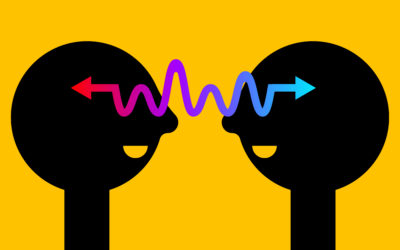




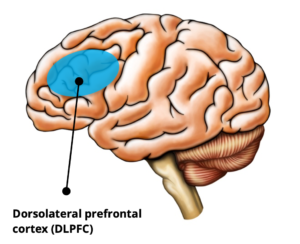
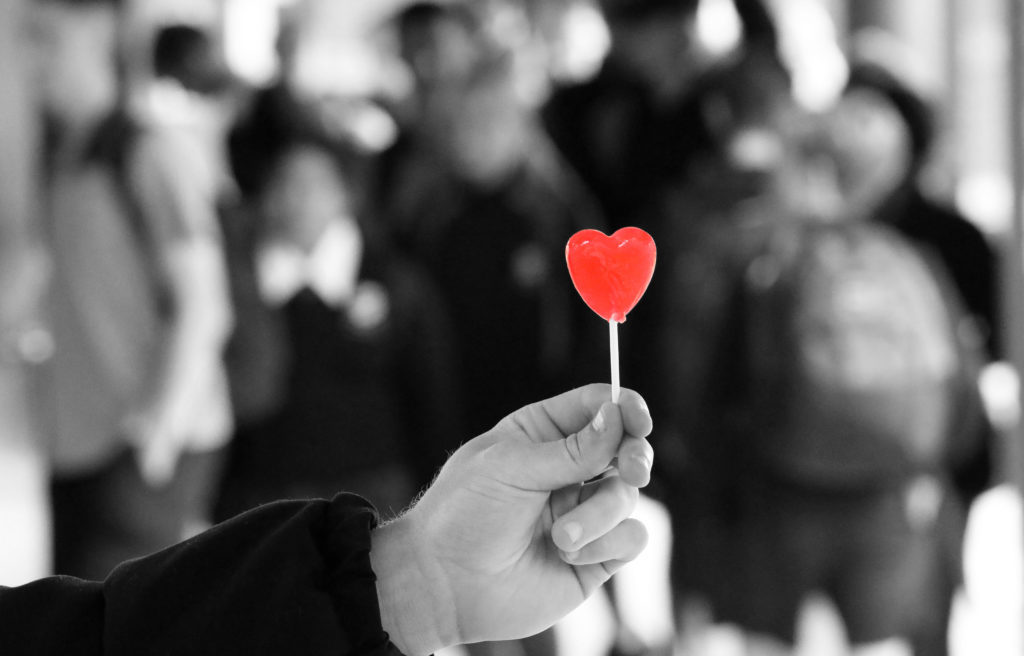
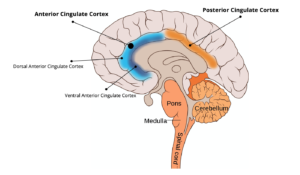 And in doing this they managed to identify a region called the anterior cingulate cortex gyrus (ACCg) that was associated with the effortful decision.
And in doing this they managed to identify a region called the anterior cingulate cortex gyrus (ACCg) that was associated with the effortful decision.
